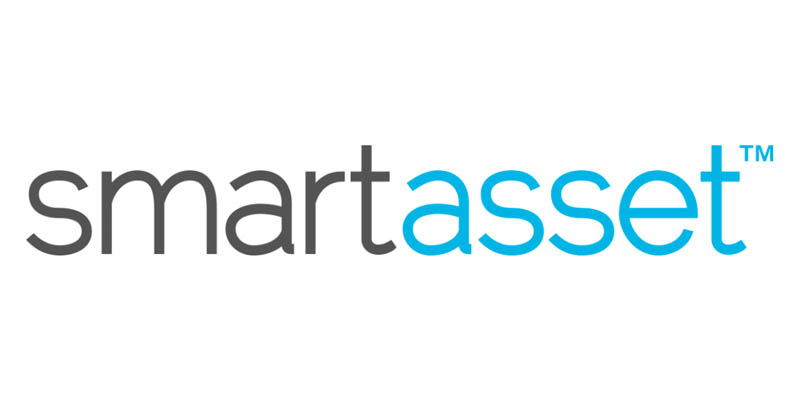When you leave your job, don’t forget to take your retirement account with you. Using a 401(k) to IRA rollover gives you more control over investments, typically at a lower cost than a 401(k). Having more and less expensive investment options can grow your retirement portfolio significantly.
What Is a 401(k) to IRA Rollover?
Cashing out an employer-sponsored retirement plan results in steep penalties and income taxes. But when you set up a rollover IRA, you move funds from your 401(k) to an IRA with no taxable distribution.
Many employers offer employees 401(k) plans to save for retirement. An individual retirement account (IRA) requires you to establish the IRA through a brokerage or bank. Rolling the funds from a 401(k) into an IRA preserves the tax-deferred status of your savings. You pay taxes later on withdrawals, also known as distributions, when you are in a lower tax bracket in retirement with either type of account.
Advantages of a Rollover IRA
When you’re employed, you unlock several advantages from a 401(k) that an IRA doesn’t offer. These benefits to keep a 401(k) end when you leave a job.
Broader investment choices allow you to fine-tune your retirement portfolio. 401(k) plans offer several select mutual funds to invest in. With an IRA, you have access to thousands of stocks, mutual funds, bonds, options, exchange-traded funds, and more.
Paying lower fees or no fees gives you more money to invest. You pay 401(k) management fees to an administrator, but almost all IRA brokerage firms stopped charging commissions for stock and ETF trades in 2019. No-load mutual funds match your timeline and risk tolerance with no fees. Eliminating fees will help you grow retirement savings in an IRA faster than a 401(k), though growth depends on the investments you choose.
One IRA is easier to track than multiple 401(k) accounts. Because you’ll work for multiple employers throughout your lifetime, tracking where your various accounts are held becomes tedious. If you rollover all your employer-sponsored plans into one IRA, it’s easier to keep track of your retirement savings.
How to Rollover Your 401(k) to an IRA
People usually choose to roll over a 401(k) to a traditional IRA when they leave an employer. A self-directed IRA can create a more diversified portfolio., or you could rollover your funds to a Roth IRA to create a taxable conversion. If you invested in your employer’s Roth 401(k), IRS regulations require you to roll over to a Roth IRA.
- Choose the trustee or IRA custodian, which is a brokerage or other financial institution. You will place buy and sell orders with this company, and it will keep records for your account. Take a look at online brokerages or talk to a representative at a local firm. You might add your bank or credit union to the comparison. Use a gold IRA company or a firm specializing in cryptocurrency IRAs to buy precious metals or digital currency.
- Complete an online application to open the IRA. Choose a direct rollover. This method moves funds directly from the 401(k) to the IRA, so there’s no taxable distribution. The custodian will contact the 401(k) administrator to complete the rollover.
- Select your investments once the account gets funded. If you need help, find a financial advisor, or use an online robo-advisor or free tools on online brokerage websites. Robo-advisors automatically rebalance your portfolio for you, so you don’t become over-invested in one sector. Representatives at a gold or cryptocurrency IRA firm will help you choose IRS-approved investments that meet your goals.
Company Stock Rollover
You need an IRA custodian that works with the Net Unrealized Appreciation option if your 401(k) holds company stock. These custodians transfer the shares directly to your new IRA. Some require the stock to be liquidated for cash and deposited in the account. Talk to the custodians you are considering to see if they can work with company stock rollovers.
The Best Time to Rollover Your 401(k) to an IRA
Soome 401(k) plans automatically cut a check to former employees if the account holds a relatively low amount. If you receive a distribution check, 20% gets withheld for taxes. You have to replace that 20% to roll over the entire distribution to an IRA. When you file your federal income tax return, the 20% withheld gets subtracted from your income tax liability.
The IRS considers this a partial distribution if you can’t replace the 20% withheld. Depending on your age, you’ll owe more taxes and a 10% early withdrawal penalty. You have 60 days to open an IRA and deposit the entire amount or 80% of the check.
Regardless of whether you may receive an unwanted distribution, the best time to set up a rollover IRA is immediately after your last day of work.
Is a Rollover IRA Right For You?
If you are nearing retirement, speak to a financial advisor to learn if it’s better to leave the 401(k) in place. Otherwise, rolling over a 401(k) to an IRA is usually a wise choice because you gain a greater variety of investment options and cost savings. Both can contribute to higher growth in your IRA over the years.


